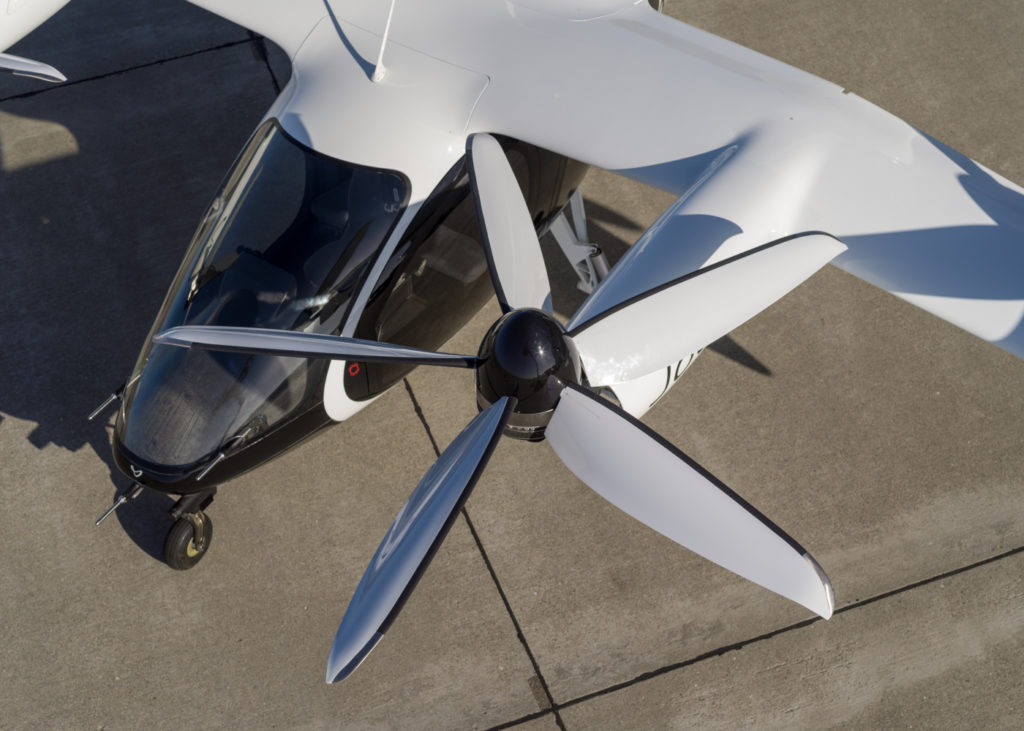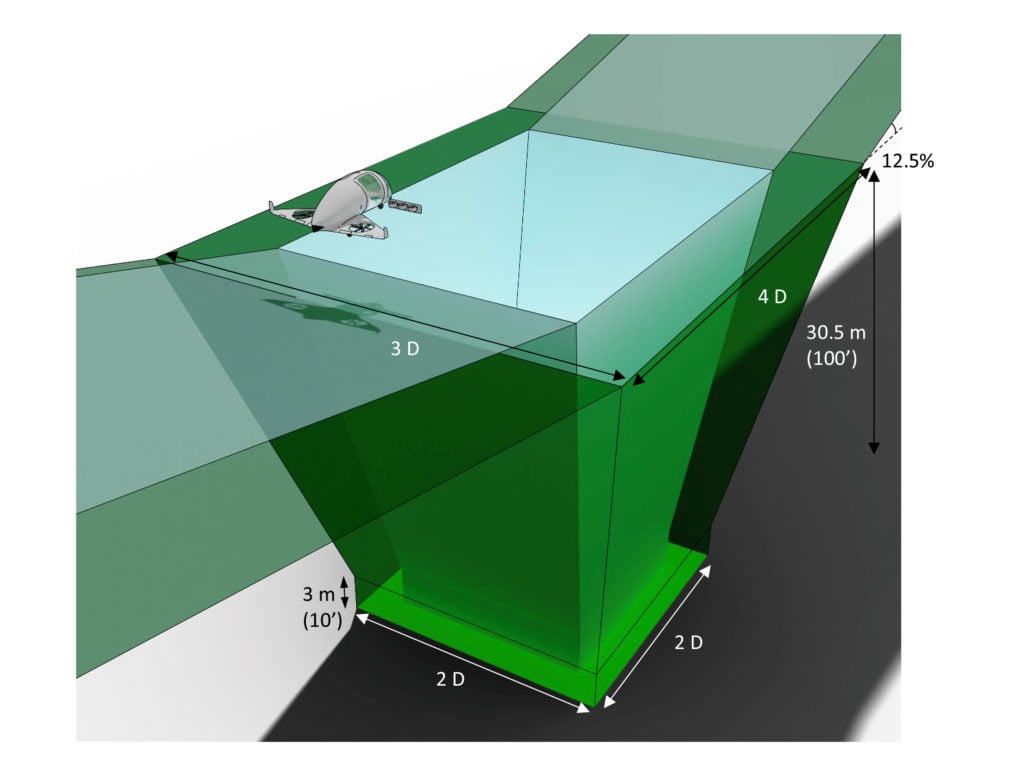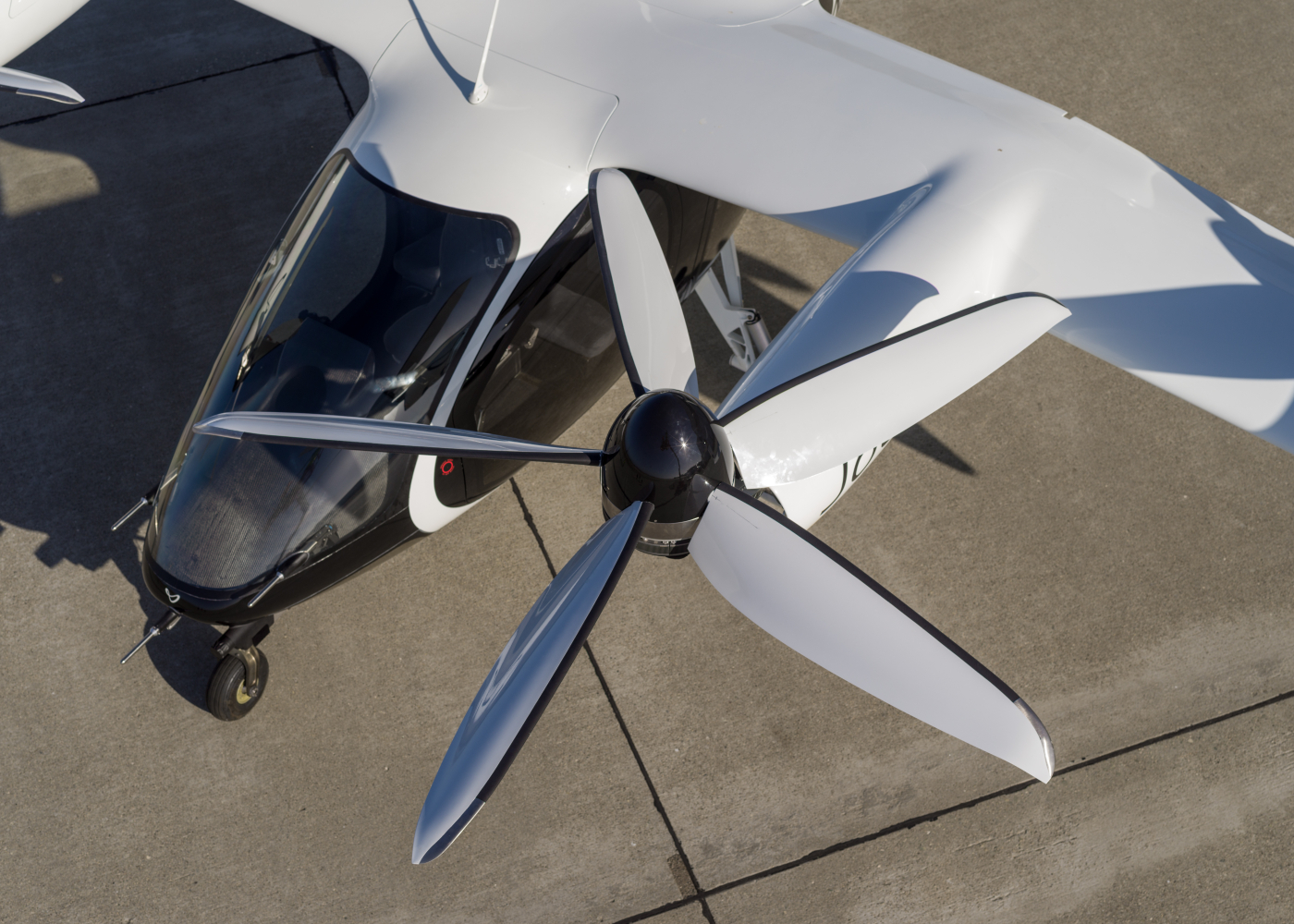During the European Union Aviation Safety Agency (EASA) Rotorcraft and VTOL Symposium last year, Richard Brown, founder and chief technology officer of Sophrodyne Aerospace, gave a captivating talk on the susceptibility of eVTOL aircraft to vortex ring state (VRS).

The presentation was an extension of his technical paper that received the Ian Cheeseman Award for Best Paper at European Rotorcraft Forum 2022, held in Winterthur, Switzerland, in September 2022. The presentation is now available online, and Brown will be presenting it again at the Vertical Flight Society’s (VFS) Forum 79 in Florida in May.
Vertical reached out to Brown for a high-level view on this important issue.
This interview has been edited for length and clarity.

Alex Scerri: Richard, can you give us an overview of your background in aerodynamics?
Richard Brown: I started off as an aerodynamicist in the South African helicopter industry. In our design work, we quickly discovered how complex helicopter aerodynamics was compared to fixed-wing aircraft. There were instances where our work fell afoul of some of these complexities, and we had to go back, reinvestigate, and make design modifications.
I entered academia in 1992 and moved to the U.K. in 1997 to develop computational models for analyzing helicopter aerodynamics. The approach we took was a bit different from the usual analysis and gave us new insights that were not easy to obtain using other methods.
We studied VRS, main/tail rotor interactions, rotor/rotor interactions, and the aerodynamic interaction of rotors with the ground. I did that to professorial level, but I felt that the message was not getting out from academia to industry. I decided to form my own consultancy with my wife, a computer scientist. We have been developing these analytical tools and training people.
Alex Scerri: Is VRS well understood in mainstream helicopters today?
Richard Brown: I think there is some misunderstanding, within both the technical and the piloting communities, of what VRS is. Things have improved in recent years. However, even looking at the Federal Aviation Administration [FAA] Helicopter Flying Handbook, there is a mishmash of ideas cobbled together where they try to explain VRS.

Helicopter pilots often speak about settling with power, which in some manifestations could be VRS where at some speed and descent rate, you find the helicopter accelerating its rate of descent even with positive collective pitch. Other conditions of settling with power are where you simply run out of performance margin and thus, unable to sustain level flight.
The classical understanding of VRS is that it happens when you descend into your own wake, as if the wake comes up and gathers around the rotor. That is the end point of VRS, but the onset is not as simple as that. The wake is inherently unstable, but if you are above a certain speed, these instabilities are pushed behind the aircraft and do not interfere with the rotor.
As you slow down and enter a high rate of descent, the wake instability catches up with the rotor — and at some point, the wake collapses into the toroidal form that we know as VRS. This idea of wake instability is absolutely fundamental to understanding the extent of the VRS and the dangers that it poses — any more simplistic conceptualization tends to underestimate the risk.
Alex Scerri: Is there a misconception that VRS affects only heavy helicopters?
Richard Brown: If you think that smaller helicopters will not be affected by VRS, you would be missing the point because disk loading is the main factor. A small helicopter with high disk loading will have a VRS regime that is the same size and shape as a bigger, heavier helicopter with the same disk loading.
Alex Scerri: In your paper, you say that the Perry analytic model used to map the extent of the VRS regime in conventional helicopters is a good analysis and that your work refines that.
Richard Brown: You’re right. The Perry model takes a broad-brush approach to try to predict where VRS occurs, so it glosses over some of the subtleties of the rotor design, such as tip shape, blade twist, etc.
Alex Scerri: Something that you hinted at in your presentation is that the susceptibility to VRS would be different when the lift is being produced by several smaller rotors as compared to one or two large main rotors.
Richard Brown: One might assume that the rotors are working independently, but in fact, they will not be if their wakes interact. You could argue that the thrust perturbations related to VRS would be equally divided between the rotors, but that neglects the interactional aerodynamics. In fact, one rotor going into VRS can then cascade the effect to other rotors.
Alex Scerri: You also highlight the effect of having widely spaced rotors, where one can go into VRS before the others, like what could happen with the Bell Boeing V-22.
Richard Brown: That’s right and that is another scenario when individual rotor analysis becomes very important. If you have a roll rate on the aircraft, the aerodynamic conditions will be different with one upgoing rotor and the other going downward. In an aircraft like the V-22, you could have one rotor going into VRS before the other. The same thing could occur in an eVTOL with multiple rotors. It is a very interesting analysis that can become quite complex. Thrust vectoring using tilting rotors adds further complication.
Alex Scerri: One of the purported advantages of urban air mobility (UAM) is that it should bring us the ability to operate in constrained urban areas. Could that be a potential issue vis-à-vis VRS?
Richard Brown: I certainly think so. We must be very careful to consider aerodynamic foibles like VRS when designing vertiports. If you are asking a rotorcraft to descend at a 45-degree angle for the last 30 meters [100 feet] of flight, you are potentially exposing it to VRS. I think the EASA implementation of the obstacle-free volume potentially constrains eVTOL aircraft to a very steep final approach.

Alex Scerri: Your website mentions you have a software tool to study this effect. How is it different from other similar software?
Richard Brown: It is specifically designed for rotorcraft and not an adaptation of any other fixed-wing or general-purpose aerodynamics analysis tool.
One of the problems I see in the industry is that some manufacturers are using these general-purpose tools without proper cognizance of their limitations. Resolving the inherent instability of the wakes of rotors is a specialist problem. So, running your eVTOL model through one of these generic tools could mislead you to expect much more benign behavior than what happens in reality.
Our approach helps to retain the structure of the wake and to properly represent its physical character much further back into the flow behind the rotor than these general-purpose methodologies. The end result is that our approach gives designers a pretty realistic idea of what to expect when the real aircraft is flown.
Alex Scerri: Do you know of any eVTOL aircraft that has shown susceptibility to VRS?
Richard Brown: I have come across some manufacturers that have been dismissive of the issue, saying they did not encounter VRS either in simulation or in test flying. I think that’s a logically flawed approach, like saying, ‘I’ve never seen a tiger, so tigers don’t exist.’
These calculations are quite time-consuming and computationally intensive. What we hope to do is create heuristic, relatively simple guidelines that eVTOL designers can use as a baseline, for example, to determine optimum rotor spacing, disk loading, etc., to avoid the VRS regime as much as possible. If you then identify a problem area, you can run a higher order analysis.









